Porn Discounts Sex Games Porn Games Juegos XXX Hentai Games PornStar Games 3D Porn Tantaly Sex Doll Cupsland Sextoy Live Cams
Live Sex Free Live Sex Free Sex Games Páginas Porno Rose Toy Free OnlyFans Celebrity Fappening Celebrity Sex Videos TikTok Porn Best OnlyFans
Live Sex Free Live Sex Free Sex Games Páginas Porno Rose Toy Free OnlyFans Celebrity Fappening Celebrity Sex Videos TikTok Porn Best OnlyFans
Published on 2025/03/03
THE NEW PANGEA
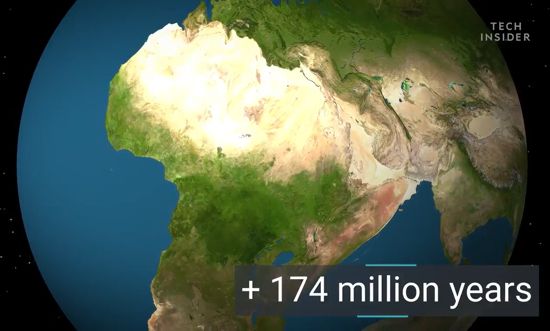
vikingo
There is a geological theory suggesting that in about 200-300 million years, the movement of tectonic plates will once again merge the current continents into a supercontinent, similar to what happened with Pangea around 300 million years ago.
This concept is part of the supercontinent cycle, where landmasses drift apart and reunite over hundreds of millions of years due to continental drift. Geologists have proposed several possible scenarios for this future supercontinent, with some of the most discussed being:
Pangea Proxima: A supercontinent that would form in the same region as the ancient Pangea.
Novopangea: Would emerge if the Atlantic continues to expand while the Pacific closes, pushing continents into a new union pattern.
Aurica: Would form if the Indian Ocean disappears and the current continents shift toward the equator.
Amasia: In this scenario, North America and Asia would merge near the North Pole.
Although this is an extremely slow process, scientists can predict it by measuring the movement of tectonic plates. So, if the planet is still standing in 250 million years, we might once again have a single continent.
However, while we can estimate with some accuracy how continents will move in 250 million years, predicting what humans will look like in that distant future is a whole different story. Unlike other species that evolve purely through natural selection, we’re playing god.
Technology has rewritten the rules. With genetic engineering, bionic implants, nanorobots, and the increasing fusion between biology and technology, natural evolution might take a back seat. Instead of slowly adapting to our environment, we might design our own enhancements, choosing how we want to be and what abilities we develop.
And it’s not just technology making predictions difficult—future environmental conditions are also an unknown. Will Earth remain habitable as we know it? Will we need to adapt to higher radiation levels? Will we live in underground megacities or even on other planets with entirely different atmospheres? Each scenario could push evolution in a completely different direction, like something out of Marvel’s multiverse.

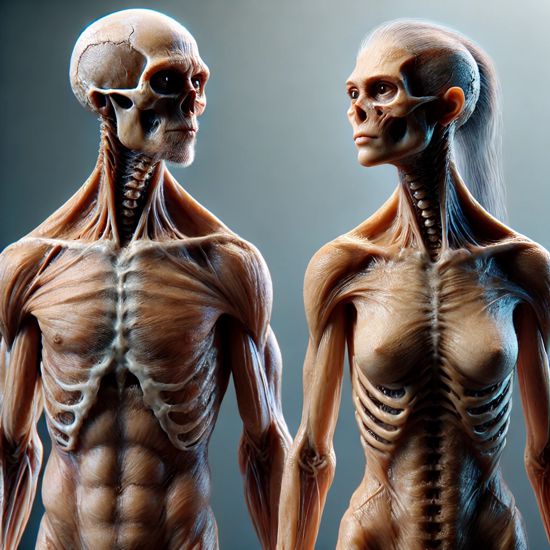
ExtraBall
Shall we take a walk?
|
➡️ Let's do real, be real with Tantaly, the sex doll torso leader |
ExtraBall2
(Clicking on these links daily you support ALRNCN's work. They're collaborators or sponsors and, by visiting their sites, they like us even more)










THE DOR BROTHERS
The Dor Brothers is a leading video production company powered by artificial intelligence (AI), founded by the Dor brothers in Berlin, Germany. They specialize in creating music videos, commercials, and creative projects using advanced AI technology to generate innovative, high-quality visual content.
They’ve produced over 200 music videos and countless ad campaigns, racking up more than 100 million views worldwide. Their work has been featured in outlets like Forbes, where they’re praised for pushing the limits of generative AI in filmmaking.
One of their latest projects is an AI-generated video for the song “Chinese Children” by Devendra Banhart—an impressive fusion of music and cutting-edge tech.

# Watch videos
ExtraBall
The slow motion of the day.
ExtraBall2
(Clicking on these links daily you support ALRNCN's work. They're collaborators or sponsors and, by visiting their sites, they like us even more)










THE GENDER PAY GAP EXPLAINED IN A SINGLE VIDEO
david
We’ve all heard about the infamous "gender pay gap": that sinister conspiracy where men supposedly earn more "for doing exactly the same job," because obviously, the evil patriarchy just loves paying women less out of sheer cruelty, keeping them firmly under its thumb—despite the fact that this practice is literally illegal in almost every developed country.
But fine, let’s play along with that idea for a moment: men earn more ON AVERAGE than women, but honestly, have you ever stopped to think why men statistically take home higher salaries? Or do you just buy into it because it’s a mantra repeated endlessly? Maybe—just maybe—it’s because men are out there freezing their asses off on deep-sea fishing boats, getting tossed around by violent storms, handling chains heavier than your car, or sweating away on oil rigs and construction sites, risking their lives every single day. Perhaps it’s related to voluntarily choosing insanely dangerous, physically exhausting, and generally miserable jobs that pay better precisely because no sane person would do them willingly.
So yes, ladies and gentlemen, a pay gap certainly exists. And it seems firmly located in places where most people wouldn't set foot for a million dollars, let alone for 20 or 30 grand a month. But sure, go ahead and keep believing the gap is just the patriarchy flexing its muscles from comfy offices.
And this, dear friends, is the cold, wet, gritty truth behind the famous pay gap.
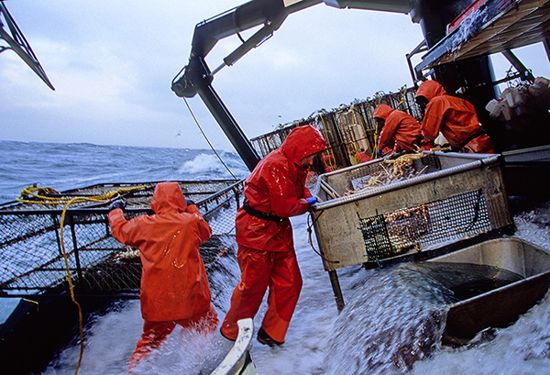
# Watch video
ExtraBall
Slow motion of the day.
ExtraBall2
(Clicking on these links daily you support ALRNCN's work. They're collaborators or sponsors and, by visiting their sites, they like us even more)










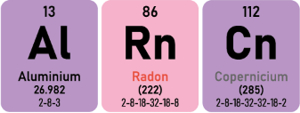














RECOMMENDED SITES
 Add your site
Add your site
- Entensity
- mybigtitsbabes
- celeb-stalker.com
- BoobieBlog
- Babes & Bitches
- drunkenstepfather
- Erotic Beauties
- Candid Teens
- Kanoni Net
 Add your site
Add your sitePorn Discount
💩 CrazyShit
🤪 eFukt
NudeChatGirls
👉🍑 Top XXX Pictures
Bingo Porno
Best Porn Blog Sites
Sex Games
Real Amateur Porn
MrPornGeek
CamBB.xxx
ChatSex.xxx
Comepollas
PornScn Free Porno
AI Girlfriend App

















ABU DHABI POLICE ARE ALREADY LIVING IN 2050
Abu Dhabi Police just unveiled their latest patrol vehicle at Gitex Global 2024, and it looks like something straight out of the future: the Magnum MK1, an autonomous, armored, drone-equipped 4x4.
This cutting-edge vehicle is primarily electric but also has hybrid petrol support. It can reach speeds up to 150 km/h, accelerates from 0 to 100 km/h in just 5.4 seconds, and is bulletproof against ammunition up to 7.62 mm. It carries three officers and securely transports one detainee in a specially designed internal cell.
Among its most advanced features are integrated systems for audio, video, and vital-sign monitoring, autonomous off-road navigation, radio and cellular communication capabilities, surveillance drones, infrared cameras providing 360-degree vision, specialized lighting, advanced geolocation, anti-jamming protection, and even an internal workstation with a panoramic screen to manage operations directly from the vehicle.
This futuristic patrol car will be fully manufactured in Abu Dhabi and is expected to hit the roads officially by 2028—a real leap into the future for Emirati law enforcement.
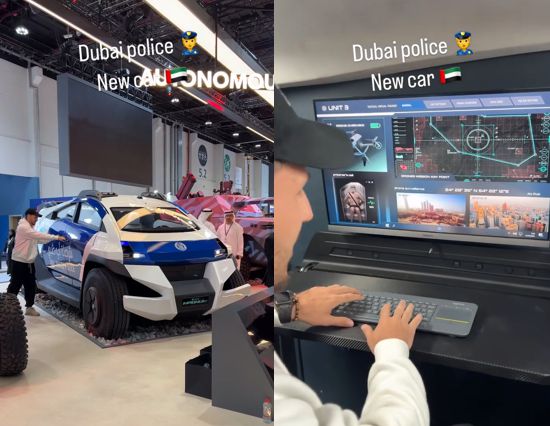
# Watch Video
ExtraBall
Slow-motion of the day.
ExtraBall2
(Clicking on these links daily you support ALRNCN's work. They're collaborators or sponsors and, by visiting their sites, they like us even more)











THE NEW PANGEA
vikingo
There is a geological theory suggesting that in about 200-300 million years, the movement of tectonic plates will once again merge the current continents into a supercontinent, similar to what happened with Pangea around 300 million years ago.
This concept is part of the supercontinent cycle, where landmasses drift apart and reunite over hundreds of millions of years due to continental drift. Geologists have proposed several possible scenarios for this future supercontinent, with some of the most discussed being:
Pangea Proxima: A supercontinent that would form in the same region as the ancient Pangea.
Novopangea: Would emerge if the Atlantic continues to expand while the Pacific closes, pushing continents into a new union pattern.
Aurica: Would form if the Indian Ocean disappears and the current continents shift toward the equator.
Amasia: In this scenario, North America and Asia would merge near the North Pole.
Although this is an extremely slow process, scientists can predict it by measuring the movement of tectonic plates. So, if the planet is still standing in 250 million years, we might once again have a single continent.

# Watch video
ExtraBall
Shall we take a walk?
ExtraBall2
(Clicking on these links daily you support ALRNCN's work. They're collaborators or sponsors and, by visiting their sites, they like us even more)











Contact
You can tell us whatever you want via email: [email protected]
If you prefer, you can use this contact form:
If you prefer, you can use this contact form:






6D KARAOKE ROOMS
An innovative karaoke system in Asia is revolutionizing the experience with 6D technology, where LED projections and sound effects create an immersive environment. Several viral videos show these rooms in action—some, for example, use visuals that trick the brain into believing water is flooding the space, causing dizziness in some viewers. This new trend takes karaoke to another level, blending virtual and augmented reality, proving once again that Asia leads the way in entertainment innovation.
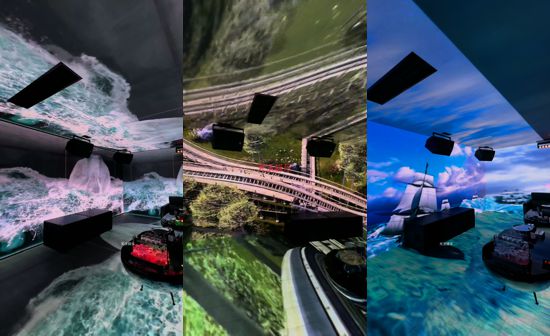
# Watch videos
ExtraBall by walter
Today's slow-motion moment.
ExtraBall2
(Clicking on these links daily you support ALRNCN's work. They're collaborators or sponsors and, by visiting their sites, they like us even more)











HEROES WITHOUT CAPES
Not everyone reacts the same way to danger. Some freeze, others think about their own safety before taking action. But there are those who, without a second thought, throw themselves into danger when someone else is at risk.
The storm had turned the road into a raging river, and a car with a family inside was trapped in the current. The water was rising fast, the pressure against the vehicle increasing, and time was running out.
That’s when he sprang into action—without a thought for his own safety. He could have been swept away, he could have gotten trapped, but none of that crossed his mind. Only the children and their mother mattered. Just seconds after getting the entire family to safety, the car was swallowed by the current and dragged away.

# Watch video
ExtraBall
Britney is still going all out on her IG.
ExtraBall2
(Clicking on these links daily you support ALRNCN's work. They're collaborators or sponsors and, by visiting their sites, they like us even more)

































